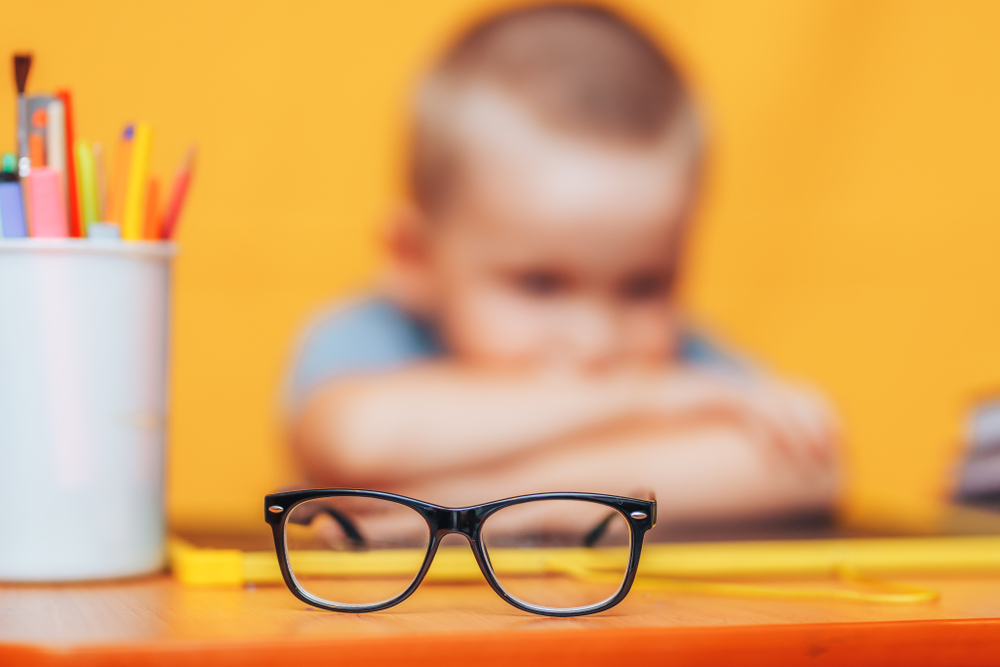
In recent years, more children are being diagnosed with myopia, or nearsightedness, at younger ages than ever before. This rapid increase in childhood myopia has become a global concern among parents, educators, and eye care professionals. But what’s behind this growing trend and what can be done to slow its progression?
Understanding Myopia
Myopia occurs when the eye grows too long from front to back, causing light to focus in front of the retina instead of directly on it. This results in blurred distance vision. Children with myopia may squint to see distant objects, sit close to screens or boards, or complain of frequent headaches or eye strain. While genetics can play a role in the development of myopia, environmental and lifestyle factors are increasingly contributing to its early onset and rapid progression.
Increased Screen Time
Children today spend more time than ever using digital devices, both in school and at home. Prolonged near work, such as reading, using tablets, or playing on smartphones, places extra stress on the eyes and may contribute to elongation of the eyeball, which is a key cause of myopia.
Less Time Outdoors
Research consistently shows that children who spend more time outdoors are less likely to develop myopia. Natural light and long-distance visual engagement help the eyes develop properly and may protect against excessive eye growth. Unfortunately, many kids today spend the majority of their time indoors, reducing their exposure to protective natural stimuli.
The Long-Term Risks of Progressive Myopia
Unchecked myopia can worsen over time, increasing the risk of serious eye conditions in adulthood such as retinal detachment, glaucoma, and myopic macular degeneration. That’s why early diagnosis and proactive management are essential.
Early Detection Is Key
Regular pediatric eye exams are essential for detecting vision problems like myopia early, when treatment can be most effective. Many children may not realize they are having trouble seeing clearly, which makes routine exams the best way to catch changes before they interfere with learning and development. Early detection also allows eye doctors to begin myopia management strategies that can slow its progression and protect long-term vision.
Treatments such as low-dose atropine eye drops, multifocal glasses, or specially designed multifocal contact lenses can help manage myopia and reduce the risk of more serious eye conditions later in life. By making pediatric eye exams a priority, parents can ensure their children receive the care and interventions they need to maintain healthy vision as they grow.
Schedule a Pediatric Eye Exam in Greenville Today
The sharp rise in childhood myopia is closely linked to modern lifestyle factors such as increased screen time and reduced outdoor activity, along with genetic predisposition. Fortunately, early detection through regular eye exams and proactive myopia management can make a significant difference in preserving your child’s vision and overall eye health.
Schedule a pediatric eye exam with Greenville EyeCare Associates for personalized myopia management solutions to support your child’s lifelong eye health. Visit our office in Greenville, South Carolina, or call (864) 234-7700 to book an appointment today.





